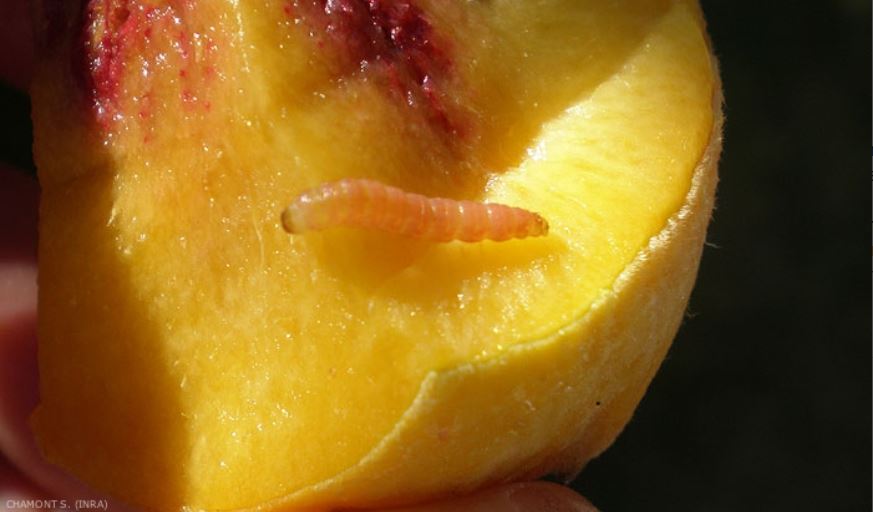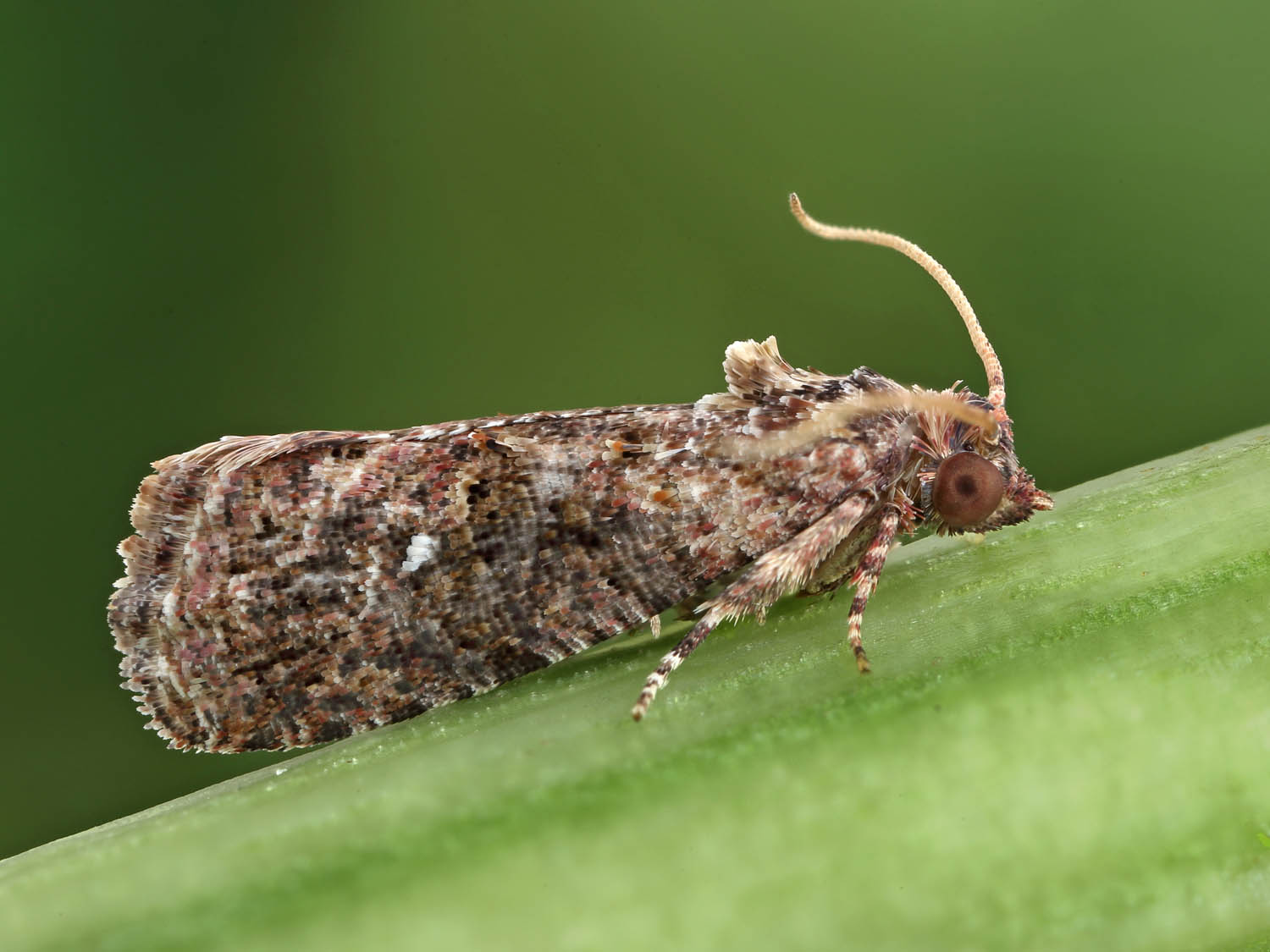
False Codling Moth
WHAT IT IS AND HOW TO ELIMINATE
Melocotón, durazno o nectarina
False Codling Moth
Thaumatotibia Leucotreta
Pathogen:
Insect
Type:
Risk to the plant:
CRITICAL (Quarantine Agency)
Polillas

WHO CAUSES IT?
Thaumatotibia leucotreta, also known as false codling moth, is a pest that affects a wide range of crops, including peach. It is a moth native to sub-Saharan Africa that has spread to other regions of the world. Their larvae feed on developing peach fruits, causing significant damage to fruit production and quality.
SYMPTOMS
In peach, Thaumatotibia leucotreta infestation can cause a series of worrying symptoms. Among the most common signs are the presence of entrance holes in the skin of the fruit, the formation of galleries or tunnels inside, and the appearance of rot and decomposition of the affected tissue. These symptoms can result in loss of yield and quality of peaches.



DEVELOPMENT CONDITIONS
Temperature:
25°C - 30°C
Humidity:
60% - 80%
HOW IS IT SPREAD?
Natural dispersal by moth flight, human transport, contaminated plant material.
HOW TO ELIMINATE IT?
Home treatments
Natural allies
Chemical treatments
RECOMMENDED PRODUCTS TO ELIMINATE THE PEST
PLANTAS REPELENTES
-
RECOMMENDATIONS
- Check your plants frequently for caterpillars or early damage
- Remove the caterpillars by hand if there are few of them and destroy them
- Use light traps or pheromones to attract adult moths
- Attracts beneficial insects such as parasitoid wasps or ladybugs
- Keep the crop clean and free of remains of old plants
- Apply natural extracts such as neem or Bacillus thuringiensis, a safe biological product
- If the damage is severe, consult a technician to use specific products safely



















